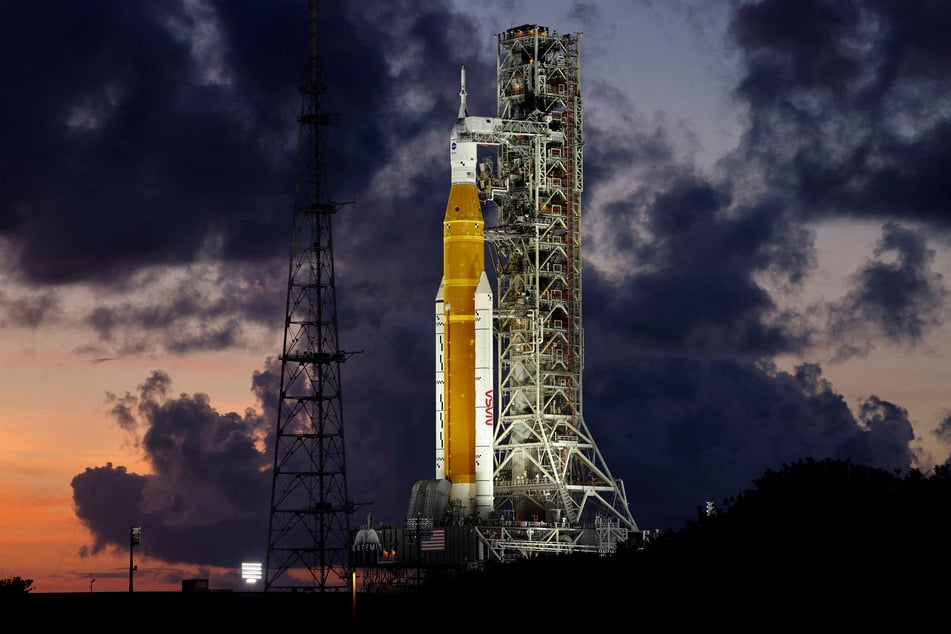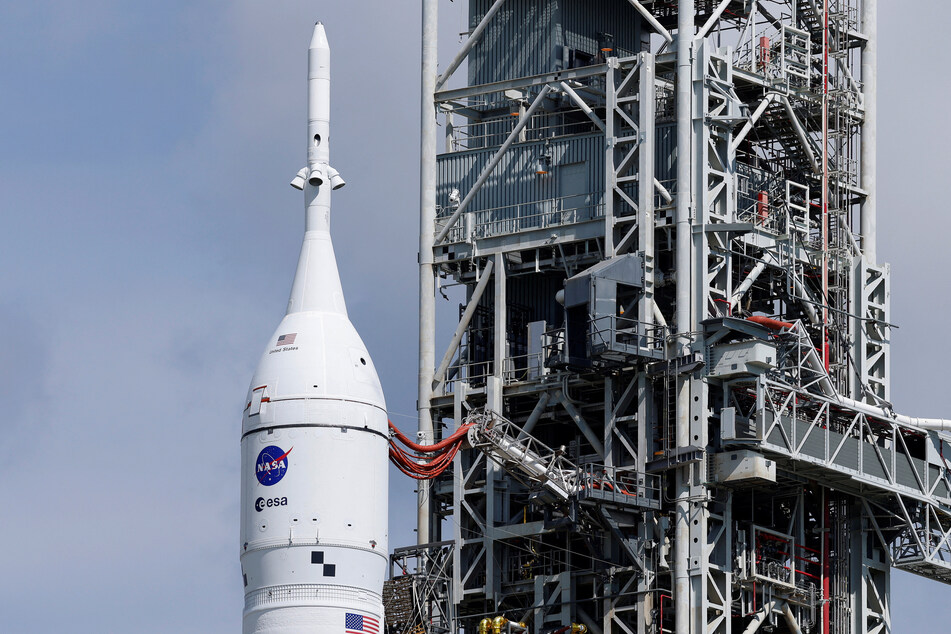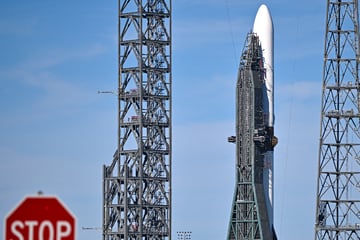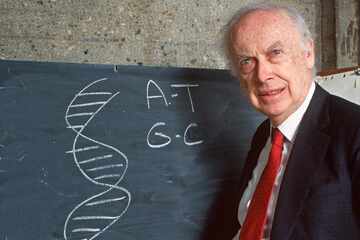NASA team hopes for Artemis 1 Moon rocket launch attempt on Friday
Cape Canaveral, Florida - NASA scientists are hopeful they can successfully launch a rocket to the Moon as soon as Friday despite a failed attempt on Monday.

The Artemis 1 test flight had been due to take off from the Kennedy Space Center in Cape Canaveral, Florida, during a two-hour window after 8:33 AM EST on Monday.
It was called off by the launch director moments before due to a temperature problem in one of the engines.
Michael Sarafin, Artemis mission manager, said the team also encountered issues over the weekend and on Monday, including lightning strikes and a fuel leak.
Following the postponed take-off, he told a NASA press conference the team is "not ready to give up" and the earliest possible time for the next attempt would be just before 1 PM BST on Friday.
When asked how realistic it is to expect another attempt so soon, Sarafin said: "Friday is definitely in play."
"We really need time to look at all the information and we're going to play all nine innings here. We're not ready to give up yet."
Vice President Kamala Harris traveled to Florida for the take-off

US vice president Kamala Harris was among those at the space center awaiting take-off on Monday, and NASA administrator Bill Nelson said she was "pumped" for the launch.
Nelson told the press conference: "The vice president was here. She was pumped the entire time."
"She is very bullish on our space program and on this particular program of going back to the Moon and going to Mars."
The 322-foot-tall Space Launch System (SLS) rocket, which is the world's most powerful rocket to date, is due to take the Orion capsule, powered by the Airbus-built European Service Module (ESM), into the Moon's orbit.
On the postponed launch attempt, Nelson said: "This is a brand-new rocket."
"It's not going to fly until it's ready. There are millions of components of this rocket and its systems, and needless to say the complexity is daunting when you bring it all into the focus of a countdown."
The flight, which will carry mannequins rather than astronauts, marks the next chapter in putting humans back on the Moon, and is the first in Nasa's Artemis program.
There will be people on board for subsequent missions, with the first crewed flight into space scheduled for 2024.
Humans last reached the Moon some 50 years ago, and the latest mission is about proving people can make longer and more sustainable trips there.
It will also assess whether some infrastructure can be built on and around the Moon, allowing humans to survive on another planetary body.
The mission duration is 42 days, three hours, and 20 minutes, and in total, it will travel 1.3 million miles.
Cover photo: REUTERS

